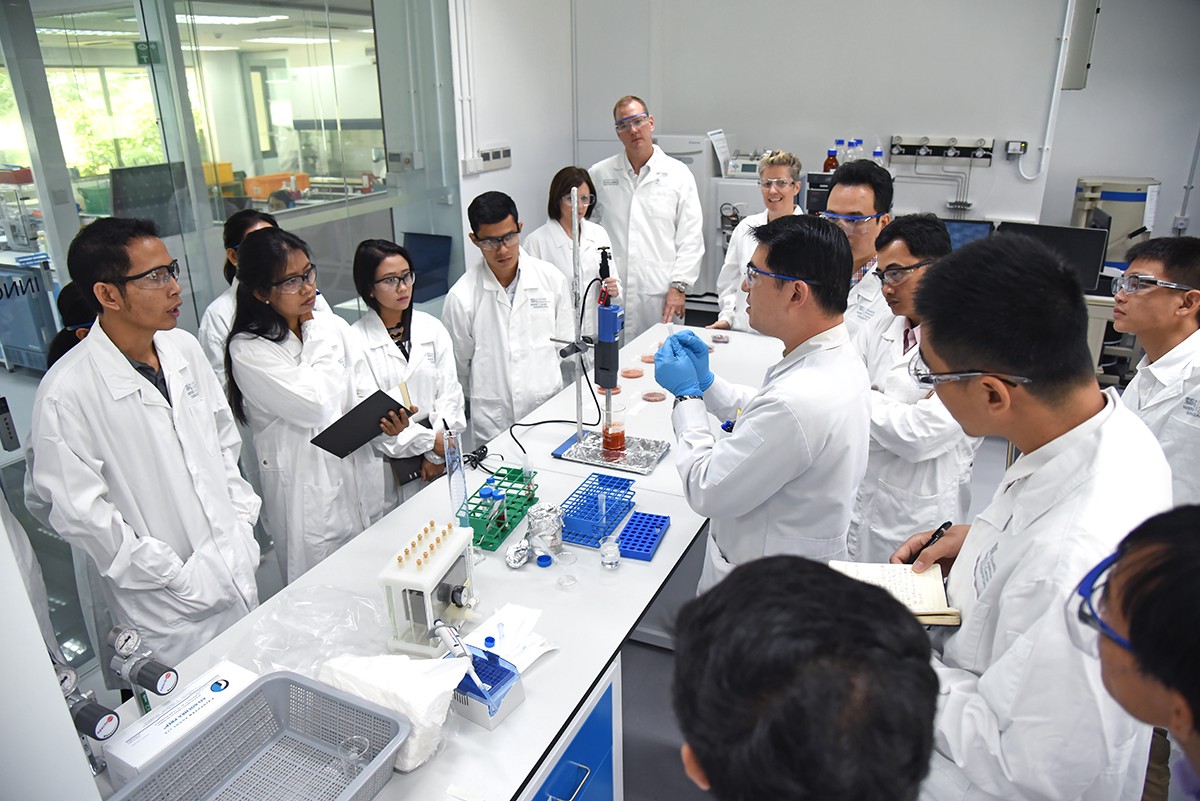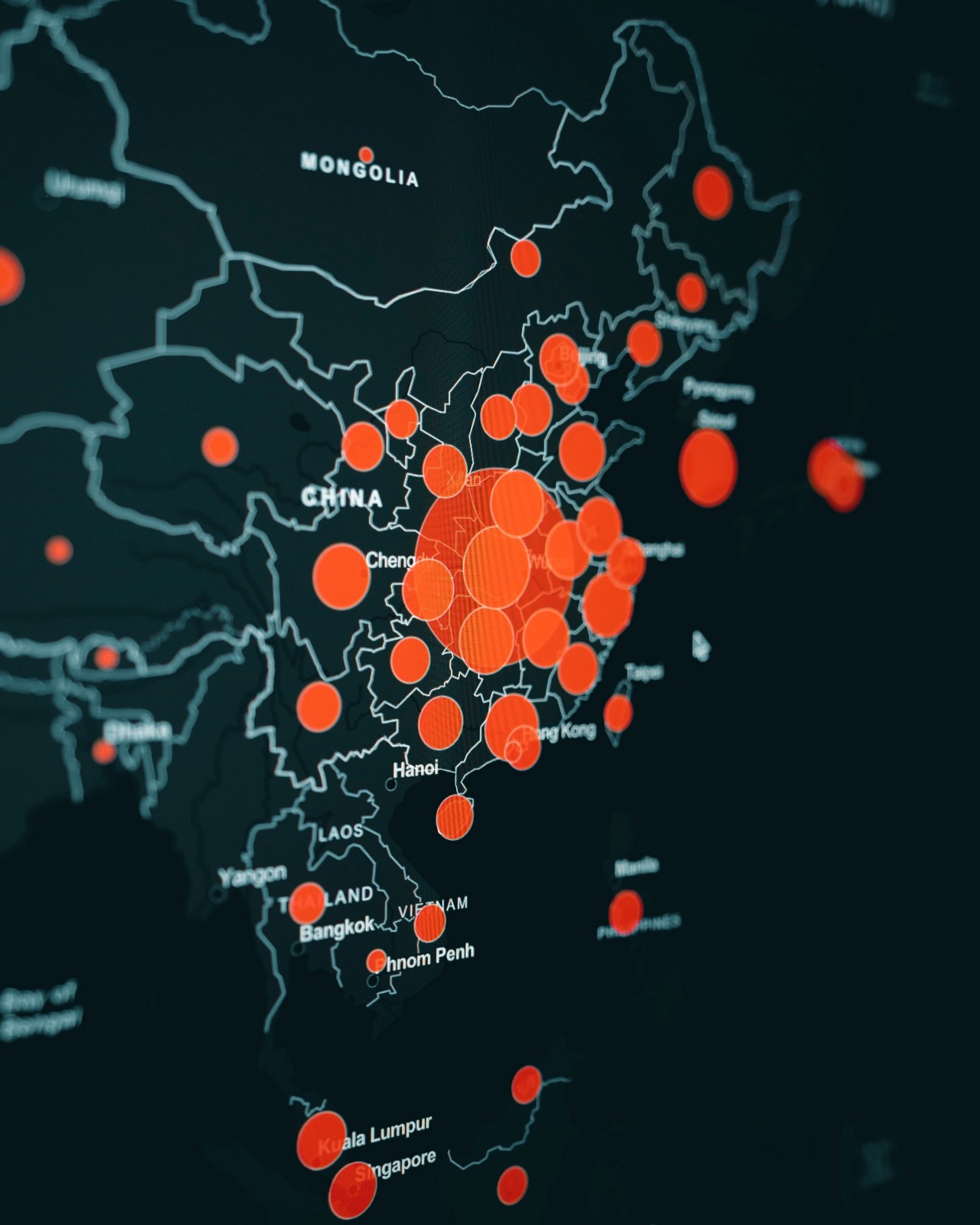The COVID-19 pandemic has led to an increasing global concern — especially around its impact on the food supply chain. We receive a number of questions, comments and concerns from food safety professionals in our network, as companies look for better ways to understand, measure, monitor and prevent food safety risks the outbreak may be creating.
A main concern is the effect the outbreak has on the logistics of the supply chain. For example, some comments we have received are as follows:
- “Significant delays now in some commodities sitting on docks but not being loaded”
- “The supporting infrastructure of the food supply chain has been impacted and disrupted due to logistical challenges resulting in delays. Our food chain is complex, therefore, so are the systems that drive them. Most key retailers have a critical local sourcing and supply strategy but they have not been pressure tested to this degree”
- “Food manufacturers are more focused on logistical issues rather than general awareness. Many raw materials are sourced from countries that have been hit hard, which explains why we are concerned with future shortages from our suppliers — potentially impacting both our customers and the retailers. Therefore, we’ ve been trying to predict any impact on timescales, to effectively fulfill existing and forthcoming orders”
- “Sourcing from alternative companies means you go through suppliers’ approval procedure and request samples for trialing — to assess whether new raw material fits your application. This is time consuming, meaning suppliers must act fast”
- “Food fraud is more likely to happen in a crisis such as the spread of Coronavirus. To protect against such fraud, suppliers must implement sound risk assessment, enforce control and conduct analytical tests to ensure you’re not purchasing a fraudulent raw material”

Others worry more about ways in which transmission risks may be assessed and controlled. People have pointed out to us the following concerns:
- “[what worries me is] …the presumption and, therefore, the premature conclusion that the virus is not transmitted through food, hence precautions are not necessary. Such an attitude would be dangerous . . . and could lead to worse than COVID-19 infection.”
- “Vulnerability assessments for raw materials, due to the possible use of alternative suppliers. It may be time to rethink food and raw material irradiation. Additionally, the survival rates [of the virus] within different groups of food i.e. acid food, fermented, packed in map [(AT1] etc”
- “General public awareness about food safety itself is a big challenge”
- “Nowhere is this risk more prominent than wet food markets with close proximity of individuals from diverse species…. these conditions create a pool of viruses that can spill over… How can we bring potent data-driven bio-surveillance to continuously assess risk and help authorities prevent outbreaks such as this one, happening again?”

Most colleagues we talk to are closely following the recommendations and guidelines announced by trusted authorities and organizations. Examples include:
- The World Health Organization (WHO) has issued precautionary recommendations including advice on following good hygiene practices during food handling and preparation, such as washing hands, cooking meat thoroughly and avoiding potential cross-contamination between cooked and uncooked foods
- The European Food Safety Authority (EFSA) has announced on March 9 that there is currently no evidence that food is a likely source or route of transmission of the virus. This is based on experiences from previous outbreaks of related coronaviruses, such as severe acute respiratory syndrome coronavirus (SARS-CoV) and Middle East respiratory syndrome coronavirus (MERS-CoV).
- The German Federal Institute for Risk Assessment (BfR) has published a summary of the most important questions and answers on whether the virus can also be transmitted to humans via food and imported products, as well as dishes and cutlery.
- The U.S. Food and Drug Administration (FDA) has made available a number of resources to industry members and consumers on Coronavirus Disease 2019 (COVID-19) and food safety.
Still, what we see as being crucial during the peak of this crisis, is the continuous monitoring and analysis of all possible official and trusted data sources around the world. This will help us quickly identify any increasing risk trends or incidents that need global attention, as well as producing additional useful insights that can be rapidly communicated to all food safety and quality professionals in the supply chain.

We want to be part of this global effort, supporting stakeholders in the food supply chain to monitor, assess and hopefully prevent any type of risk that the Coronavirus brings, on a daily basis.
To this end, we open up access to FOODAKAI for all people taking care of producing, packaging, distributing and serving safe food to all of us.
We will offer a fully featured user account to all food safety professionals working in any part of the supply chain across the globe. For the coming weeks this pandemic will be on its peak. Therefore, regardless of company size or geographical location, we must work together to ensure global food safety — offering access to global data insights we monitor and generate.
If you have any additional ideas about other ways in which we can be of service, do let us know.

